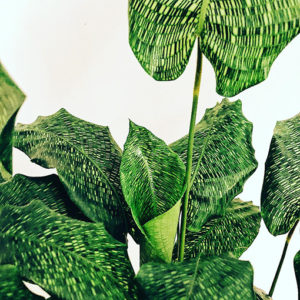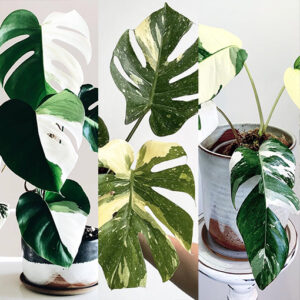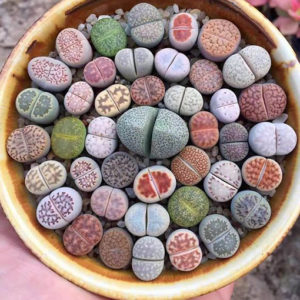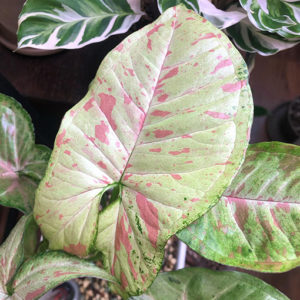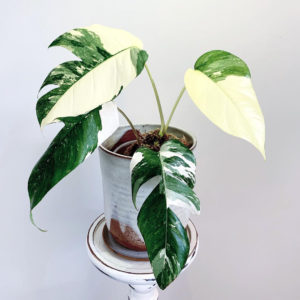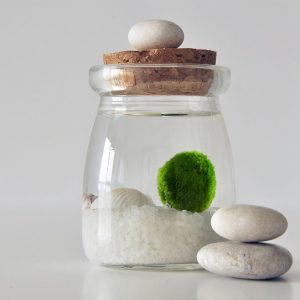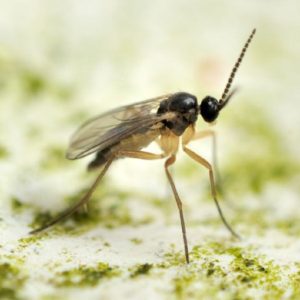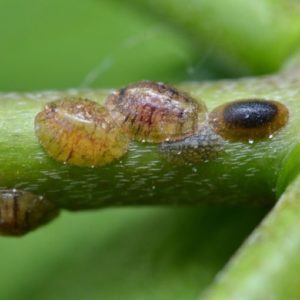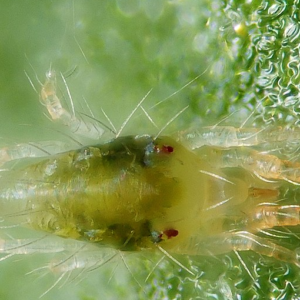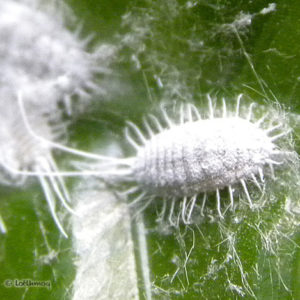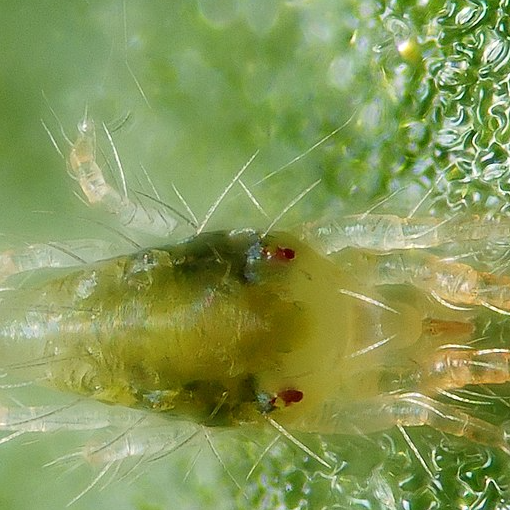
It might be long past Halloween and the webs are no longer welcome. Spidermites are a lesson in the Power of numbers, these micro little critters when in high numbers can cause serious damage to your beloved plants. Fear not! We’re here to help!! 🌿🕷
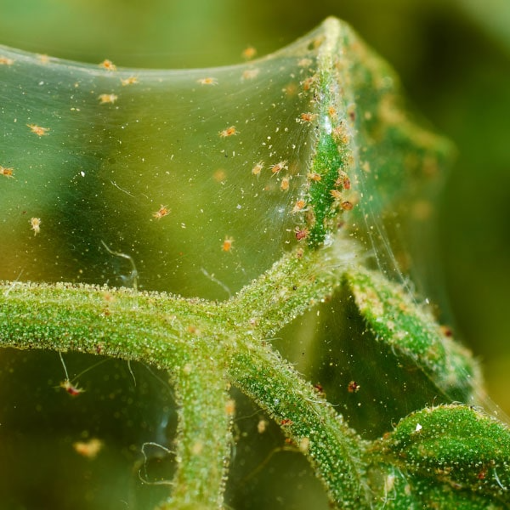
Spider Mites Taxonomy
The most common spider mite attacking house plants is the two-spotted or red spider mite, Tetranychus urticae. For most of the year they are green with two dark spots but outside, females turn red in winter.
What are Spider mites? – Biology
Spider mites are not insects or spiders, but are most closely related to ticks. A female spider mite lays an egg about a third of the size of her body, which hatches to a 6-legged larva which, after a few more moults becomes the 8-legged adult (length less than 0.5 mm). Spider mites feed by piercing the wall of the epidermal cell of the leaf and sucking out the contents of the cell. The sap is very dilute in nutrients and so the mites must attack cell after cell to get enough nutrient.
They thrive under warm, dry and dusty conditions and prefer water-stressed plants, which is why many people have particular trouble with spider mites on indoor plants during winter, when we heat our homes and the air is dry.
Spider mites are quite mobile and disperse from one plant to the next by walking or by catching a ride on air currents. They attack a huge range of plants, including food crops and ornamentals in the garden as well as indoors. It is impossible to avoid the odd infestation of spider mites but good plant culture some preventative maintenance will keep them at bay.
Signs & Symptoms – you have a Spider mites infestation
Two-spotted spider mites typically produce very fine webbing under the leaves or where leaves attach to the stem. The webbing can be seen most easily if you spray a fine mist of water over them and hold the plant up to the light. You may also be able to see the tiny mites moving over the web.
Leaves attacked by spider mites often have a silvery cast, especially on the underside, due to the damage they make to the epidermal cells.
How to get rid of Spider mites – Spider mites Control
-
- Improve the growing conditions: Increase the humidity around the plants and ensure they are adequately watered and growing strongly.
- Clean the leaves. Wipe the tops and bottoms of leaves regularly with plain water or with a bit of Neem or botanical oil mixed in. This will physically remove much of the infestation.
- Sprays
All sprays for mites rely on contact to be effective. It is important to thoroughly wash the plant to drastically reduce the population and get rid of the webbing that will protect the mites from the sprays. Multiple sprays about a week apart are recommended.- Soaps or oils. Wash the plants or spray them down with a soap and water spray or use a white oil or botanical oil, such as Eco-oil or Neem. These treatments have the effect of breaking down the mite’s external cuticle or blocking up the spiracles so that they cannot “breathe’. Never use oil treatments on a water-stressed plant or on a hot dry day or especially when the plant is in the sun, as the treatments will damage the plant.
Miticide. There are not many available to the home grower, so check that the label says it is good for mites. Wettable sulphur (in products such as Mancozeb Plus Garden fungicide and Miticide), Tau-fluvalinate (Mavrik), and Neem oil are options.


